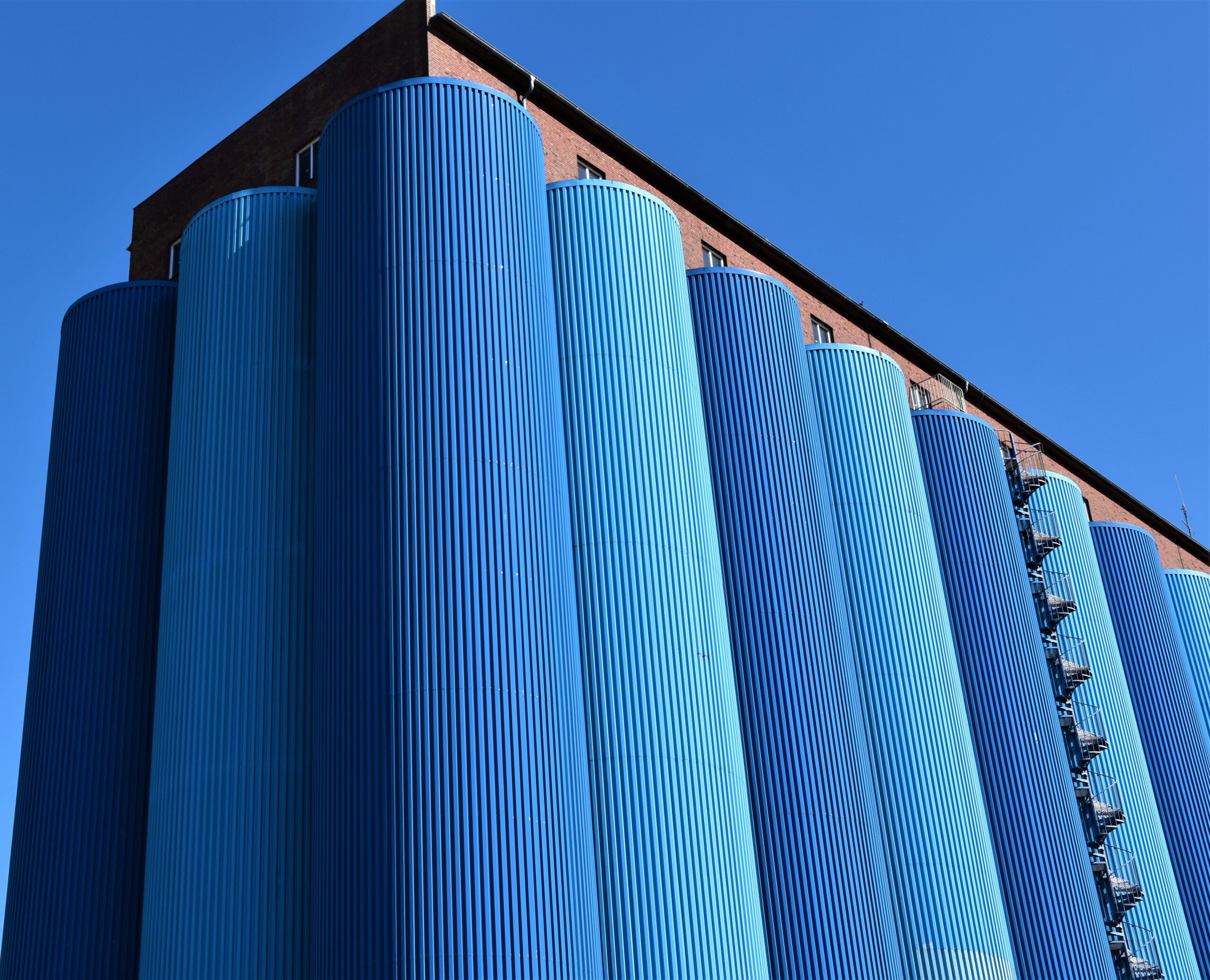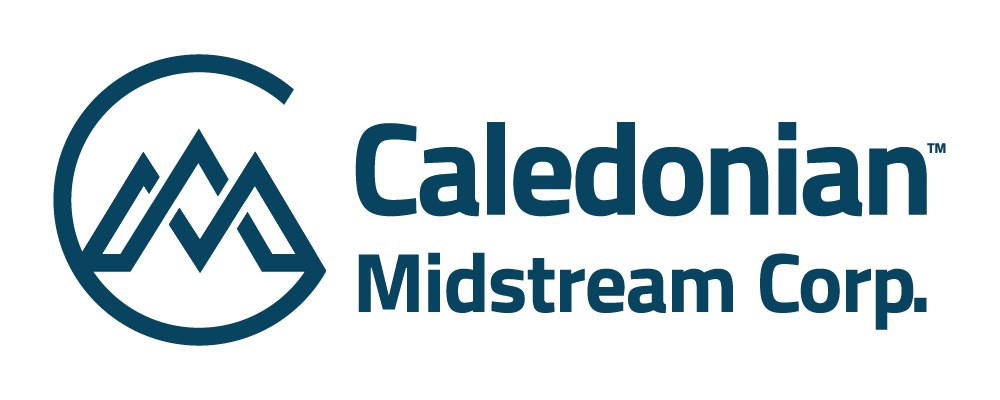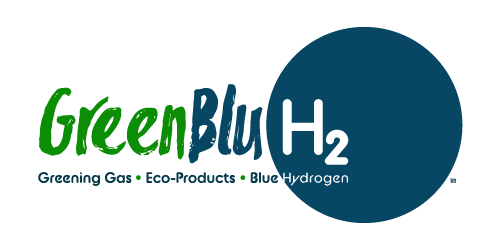A HYDROGEN FUTURE IS INEVITABLE
Hydrogen is recognized as the fuel of choice for future zero energy systems where direct electrification is not practical – sectors such as heavy freight (road and rail) off-road vehicles, shipping, planes, space heating in cold climates, and heavy industrials (eg. steel making). Hydrogen is projected, by the Government of Canada, to be 27% of Canada’s energy demand by 2050 (64 ktH2/day) – equal to 72% of Canada’s current gas production.
Energy Density of Hydrogen is Superior to Competitive Fuels
Hydrogen has a greater energy density than competitive fuels. Higher volumes of hydrogen create challenges for transportation and storage that are met through Caledonian Midstream’s location of the Quirk Creek Plant relative to markets and access to infrastructure.
Principles Supporting a Canadian Hydrogen Strategy
Canadian Federal Government: Excerpts from “Hydrogen Strategy for Canada – Seizing the Opportunities for Hydrogen – A Call to Action”,with additional commentary (December, 2020)
“Despite the oil price downturn and uncertainty of the COVID-19 recovery, an opportunity exists for government to partner with industry to drive commercial hydrogen projects as a party of the sector’s net-zero agenda.”
The International Energy Agency (“IEA”) has recommended that governments put clean energy solutions, such as hydrogen, at the heart of stimulus plans.
“Canada’s recently announced a Strengthened Climate Plan, including carbon pricing, the Clean Fuel Standard and the $1.5 billion dollar Low-carbon and Zero-emissions Fuels Fund and is already putting in place foundational federal initiatives that will enable the broad suite of measures contemplated in this plan [the Federal Hydrogen Strategy]”
“When burned or utilized directly as methane, Green House Gas (“GHG”) emissions are released. If the methane is, instead, converted into hydrogen and combined with Carbon Capture, Utilization, and Storage (“CCUS”), the carbon intensity of the resulting fuel can be reduced […]. Hydrogen production from natural gas offers a unique opportunity to leverage Canada’s vast gas reserves to produce a low-carbon intensity energy carrier while other production technologies are being scaled.”
This pathway has the advantage of being the lowest cost production method to create large-scale, clean hydrogen based on today’s technologies and community costs.
“The carbon, when captured in the form of CO2, can be stored and used for enhanced oil recovery or as an industrial feedstock.”
“In Steam Methane Reforming (“SMR”), natural gas is used both as feedstock and as fuel to generate steam. In the first reaction, the methane is combined with steam (H2O + Heat) to produce a “synthetic gas” consisting of CO2, CO and H2. The synthetic gas is then separated using a Water Gas Shift (“WGS”) reactor and Pressure Swing Absorption (“PSA”). Adding Carbon Capture at various places in the process adds costs and reduces overall efficiency, but improves environmental performance. Capturing CO2 from both WGS and PSA can reduce emissions by about 60%, while also capturing the flue gas CO2, can achieve 90% total carbon capture at an additional cost of about 45%.”
Synthetic gas can be used as feedstock in manufacturing methanol.
“Despite the oil price downturn and uncertainty of the COVID-19 recovery, an opportunity exists for government to partner with industry to drive commercial hydrogen projects as a party of the sector’s net-zero agenda.”
The International Energy Agency (“IEA”) has recommended that governments put clean energy solutions, such as hydrogen, at the heart of stimulus plans.
“Canada’s recently announced a Strengthened Climate Plan, including carbon pricing, the Clean Fuel Standard and the $1.5 billion dollar Low-carbon and Zero- emissions Fuels Fund and is already putting in place foundational federal initiatives that will enable the broad suite of measures contemplated in this plan [the Federal Hydrogen Strategy].”
“When burned or utilized directly as methane, Green House Gas (“GHG”) emissions are released. If the methane is, instead, converted into hydrogen and combined with Carbon Capture, Utilization, and Storage (“CCUS”), the carbon intensity of the resulting fuel can be reduced […]. Hydrogen production from natural gas offers a unique opportunity to leverage Canada’s vast gas reserves to produce a low-carbon intensity energy carrier while other production technologies are being scaled.”
This pathway has the advantage of being the lowest cost production method to create large-scale, clean hydrogen based on today’s technologies and community costs.
“The carbon, when captured in the form of CO2, can be stored and used for enhanced oil recovery or as an industrial feedstock.”
“In Steam Methane Reforming (“SMR”), natural gas is used both as feedstock and as fuel to generate steam. In the first reaction, the methane is combined with steam (H2O + Heat) to produce a “synthetic gas” consisting of CO2, CO and H2. The synthetic gas is then separated using a Water Gas Shift (“WGS”) reactor and Pressure Swing Absorption (“PSA”). Adding Carbon Capture at various places in the process adds costs and reduces overall efficiency, but improves environmental performance. Capturing CO2 from both WGS and PSA can reduce emissions by about 60%, while also capturing the flue gas CO2, can achieve 90% total carbon capture at an additional cost of about 45%.”
Synthetic gas can be used as feedstock in manufacturing methanol.
Advantages of the New Hydrogen Economy
“Blue Hydrogen”, manufactured from natural gas, an immediate opportunity for Western Canada, must be
competitively priced against alternative carbon fuels to be credible and compelling:

Natural Gas to Blue Hydrogen & Methanol – How Does It Work?





